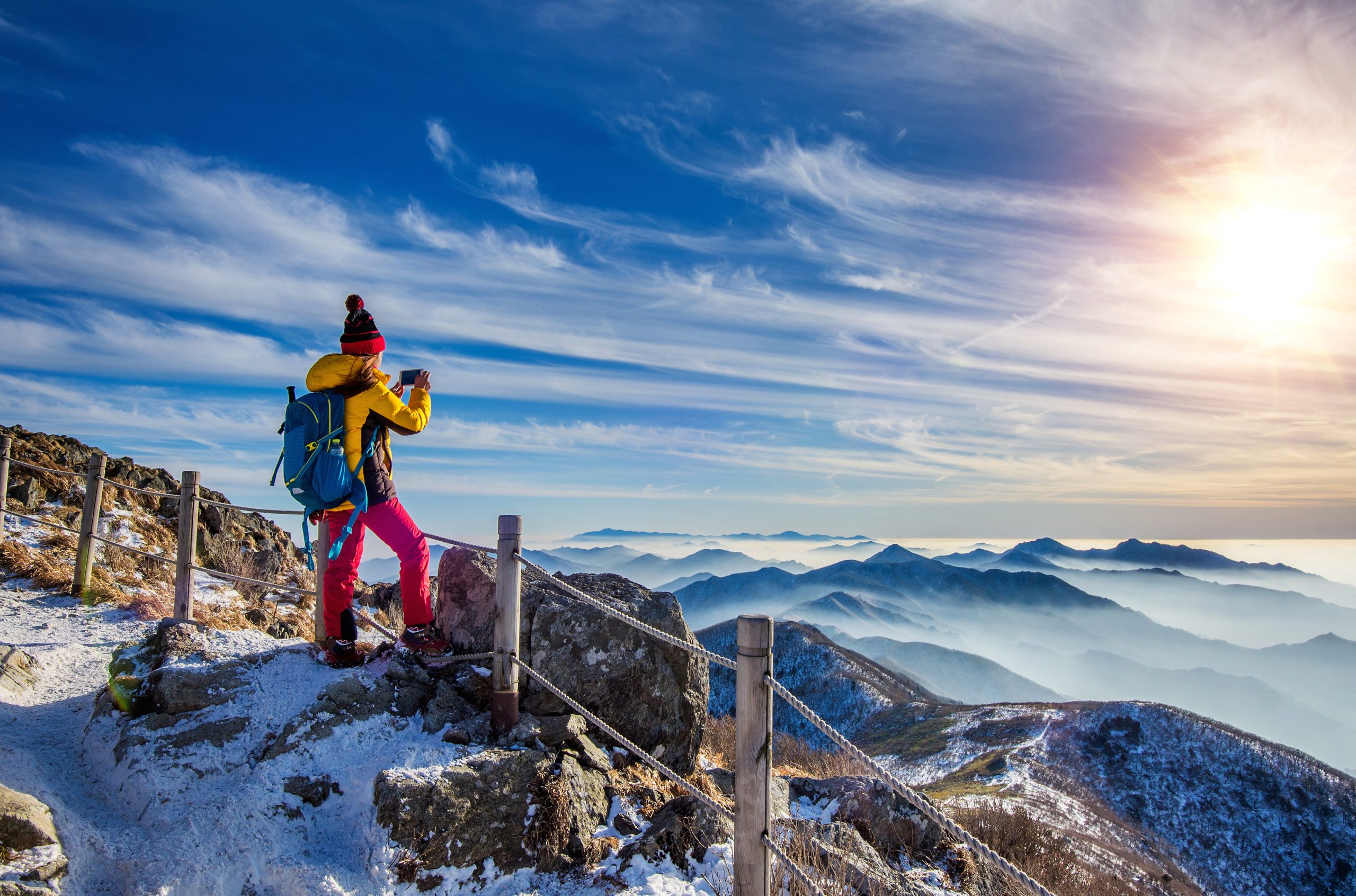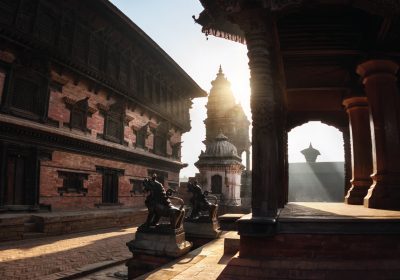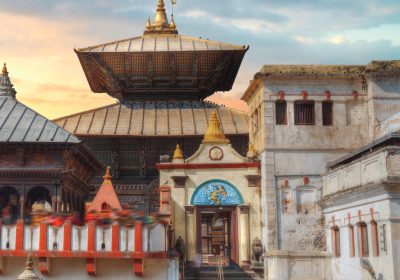So, you’ve decided to take on the Himalayas. The thought of standing in the shadow of snow-capped peaks, walking through rhododendron forests, and experiencing the legendary tea-house culture has captured your imagination. But it’s also paired with a few nervous questions: “Am I really fit enough?” “What if I get altitude sickness?” “What is it really like out there?”
This is completely normal. A high-altitude trek is a different beast from a long hike. This guide is here to demystify the process, moving beyond the packing list to prepare you for the real journey—the physical, mental, and emotional adventure of a lifetime.
1. Acclimatization: The Art of Going Slow to Go High
This is the most critical concept for a safe and successful trek, and it’s often the most misunderstood.
What it really is: Acclimatization is your body’s process of adapting to the lower oxygen levels at high altitude. It’s not about fitness; the fittest athlete can be struck down by altitude sickness if they ascend too quickly.
What you didn’t know to ask: “How do you actually ‘acclimatize’?” It’s built into your itinerary with “acclimatization days.” On these days, you don’t just sit around. You take short hikes to a higher elevation, then descend back to sleep at the same altitude. We follow the golden rule: “Climb High, Sleep Low.” This strategy is your best defense against Acute Mountain Sickness (AMS).
The Real Expectation: Listen to your body and your guide. Headaches, nausea, and dizziness are red flags, not signs of weakness. Our guides are trained to recognize the symptoms and will act with your safety as the absolute priority.
2. Physical Preparation: It’s About Endurance, Not Speed
You don’t need to be an Olympic athlete, but you do need to be a durable walker.
What it really is: Building the endurance to walk for 4-7 hours a day, for multiple days in a row, over uneven terrain.
What you didn’t know to ask: “What kind of exercise is best?” The answer is stairs, hills, and more stairs. A treadmill on an incline is a good start, but nothing replicates the trail like actually hiking with a loaded daypack on local hills. Focus on time on your feet, not pace.
The Real Expectation: The trail is not a paved path. You will encounter stone steps, rocky paths, and dusty trails. Training on uneven ground is crucial for building the stabilizing muscles in your ankles and knees.
3. Mental Readiness: The Trail is a Mental Marathon
Your mind will give up long before your legs do. Preparing mentally is half the battle.
What it really is: Cultivating patience, resilience, and a positive attitude.
What you didn’t know to ask: “What will be the biggest mental challenge?” For many, it’s the variable pace. Some days will feel easy and exhilarating; others will be a grueling uphill grind where you take ten steps and need to catch your breath. Embrace the “Nepali flat”—a path that generally goes up and down, but not steeply.
The Real Expectation: You will have moments of doubt. This is normal. The key is to break the day down into small, manageable goals—”just make it to the next ridge” or “the next tea house.” The incredible sense of accomplishment at the end of the day comes from pushing through these moments.
4. What to Really Expect on the Trail
Let’s paint the real picture beyond the Instagram photos.
The Tea-House Culture: Your accommodation is in simple, family-run lodges. They are basic but warm and incredibly social. This is where you’ll share stories with trekkers from around the world over a hot cup of milk tea.
“Dhal Bhat Power, 24 Hour!” You’ll hear this Nepali slogan everywhere. The traditional meal of lentil soup, rice, and vegetables is not just delicious; it’s the perfect, energizing fuel for trekkers—and it’s often unlimited!
The “Third Space”: The camaraderie on the trail is magical. You’ll form a tight-knit community with your fellow trekkers and guides, cheering each other on and sharing laughs. Your guide and porters become your guardians and friends.
The Unpredictable Weather: Sunshine can turn to snowfall in the span of an hour. This is part of the mountain experience. We are prepared for all conditions, and flexibility is key.
Your Journey Awaits
A high-altitude trek is a profoundly humbling and empowering experience. It teaches you about your own strength, the kindness of strangers, and the raw power of nature.
Your journey isn’t about conquering the mountain; it’s about allowing the mountain to reveal a stronger, more capable you. And you won’t be doing it alone. We are here to guide you, support you, and ensure your first high-altitude trek is not just safe, but truly transformative.
Feel the call of the Himalayas? Let’s answer it together. Get in touch to find the perfect beginner-friendly trek for you.




